The Research Team Led by Professor Wang Jian Discovers the Relationship between Upper Airway Microbiome and Pulmonary Artery Hypertension in Children with Congenital Heart Disease
2022-11-28838Pulmonary artery hypertension is a clinical and pathophysiological syndrome caused by various pathogenic factors and mechanisms, which is mainly characterized by elevated pulmonary artery resistance and pulmonary vascular remodeling, with manifestations not just limited to the changes of pulmonary blood vessels, but also accompanied by the change signs of other systems, such as the changes of airway and intestinal micro-ecology. The respiratory microbiome profile is closely associated with lung diseases, especially pulmonary artery hypertension. The team led by professor Wang Jian has discovered that adult patients with pulmonary artery hypertension have a unique respiratory microbiome profile, which may play a predictive role in the occurrence and development of pulmonary artery hypertension (published in Hypertension, PMID: 32921193), while the airway composition of pulmonary artery hypertension associated with pediatric congenital heart disease has not been confirmed. According to some research, children with congenital heart disease have an imbalanced micro-ecological microbiome and their micro-ecological composition is associated with their prognosis. On this basis, the said team and the team led by professor Fu Zhou with the Children’s Hospital of Chongqing Medical University worked together in a research by respectively collecting throat swabs of children with congenital disease and children with both congenital heart disease and pulmonary artery hypertension. For the first time, they conducted a systematic research on the changes in the microbiome composition and distribution of upper airway as the children with congenital heart disease develop into pulmonary artery hypertension and compared the microbiome composition and functions of the upper airway among children and adults with pulmonary artery hypertension. The research paper “Respiratory Microbiome Profile of Pediatric Pulmonary Hypertension Patients Associated With Congenital Heart Disease” has recently been published in Hypertension, an authoritative journal in the field of circulation, (a top journal in the first zone of medicine of Chinese Academy of Sciences, IF=9.897).
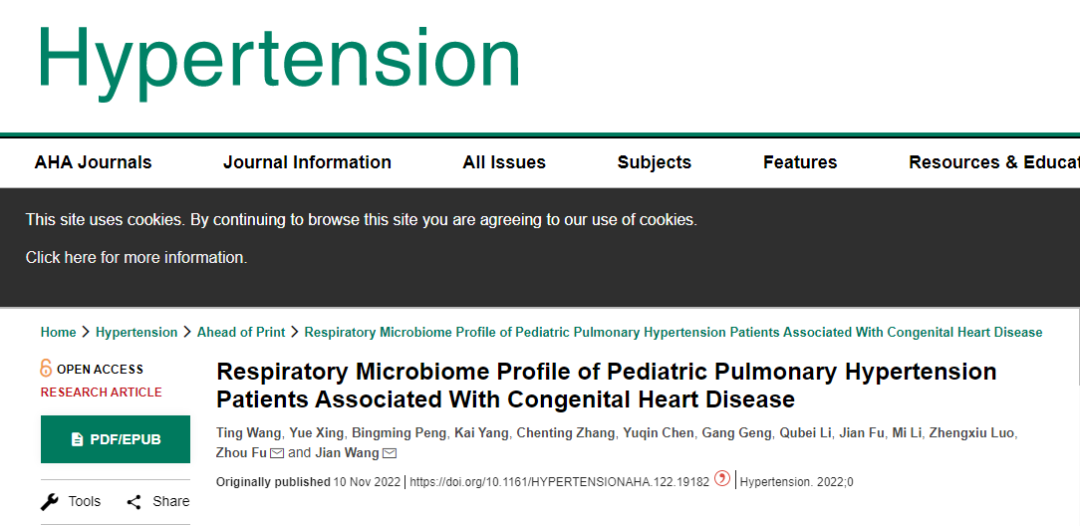
The research has included 158 children (including 35 cases as a healthy control group, 54 cases with congenital heart disease and 69 cases with pulmonary artery hypertension associated with congenital heart disease). Through the 16S rRNA gene sequencing, the research delivered the first systematic report on the differences in the composition of upper airway microbiome among children with congenital heart disease alone and children with pulmonary artery hypertension associated with congenital heart disease, while comparing the differences in the composition of upper airway microbiome among child patients and adult patients with pulmonary artery hypertension. It was revealed by further analysis that compared with healthy children, the upper airway microbiome diversity declined significantly among the children with pulmonary artery hypertension associated with congenital heart disease, while their abundance of Streptococcus and Roseburia was significantly higher than that of the healthy control group. Compared with the children with congenital heart disease alone, the children with pulmonary artery hypertension complication were found with obvious enrichment of Neisseria and Roseburia at their upper airway. As implied by the between-group difference significance analysis and LDFSe multilevel species difference analysis, the aforesaid four microbiome genera with characteristic changes play a certain predictive role in the development of pulmonary artery hypertension in the children with congenital heart disease. In addition, the microbiome genera like Streptococcus and Prevotella with characteristic changes are of medium-strong association with the color ultrasound test indicators related with the right ventricular function of the child patients. Meanwhile, the results of functional prediction analysis suggests that the development of pulmonary artery hypertension in children with congenital heart disease may be closely related with the metabolism pathways of various materials for the upper airway microbiome, especially the signaling pathways of nitrogen metabolism.
Meanwhile, the research reviewed and analyzed the upper airway microbiome data of previous researches on adults. By comparing the microbiome profile at the upper airway among child and adult patients with pulmonary artery hypertension, it was discovered that compared with adults, the children also showed a completely different distribution of airway microbiome, with a higher abundance of Streptococcus and Roseburia. These results have provided a new research mentality for the uniqueness of airway microbiome in children with congenital heart disease and pulmonary artery hypertension and provided a new research basis for the airway microbiome profile and clinical value of different types of pulmonary artery hypertension.
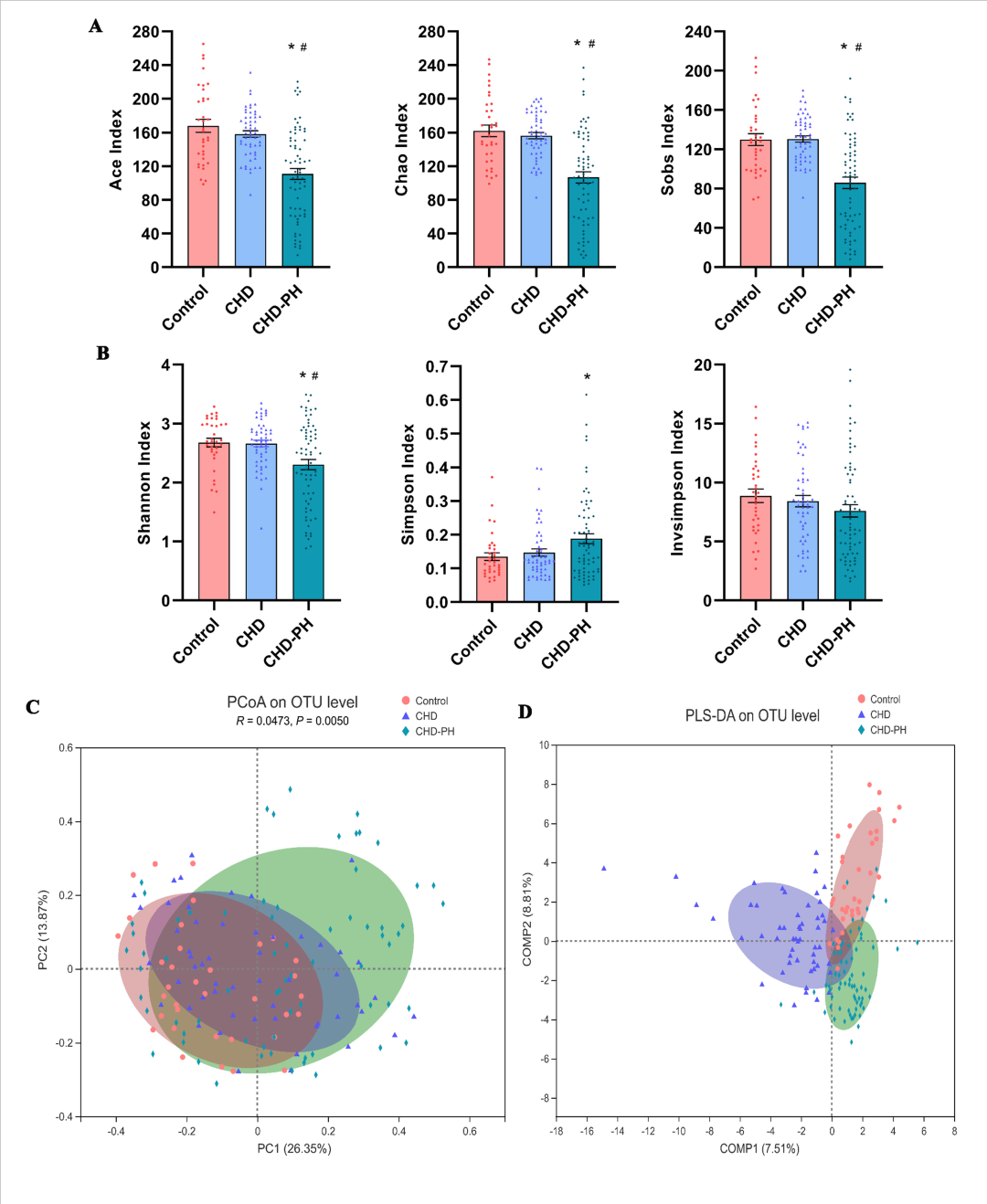
Fig. 1: A comparison of the abundance and diversity of upper airway microbiome among children with congenital heart disease alone and pulmonary artery hypertension associated with congenital heart disease
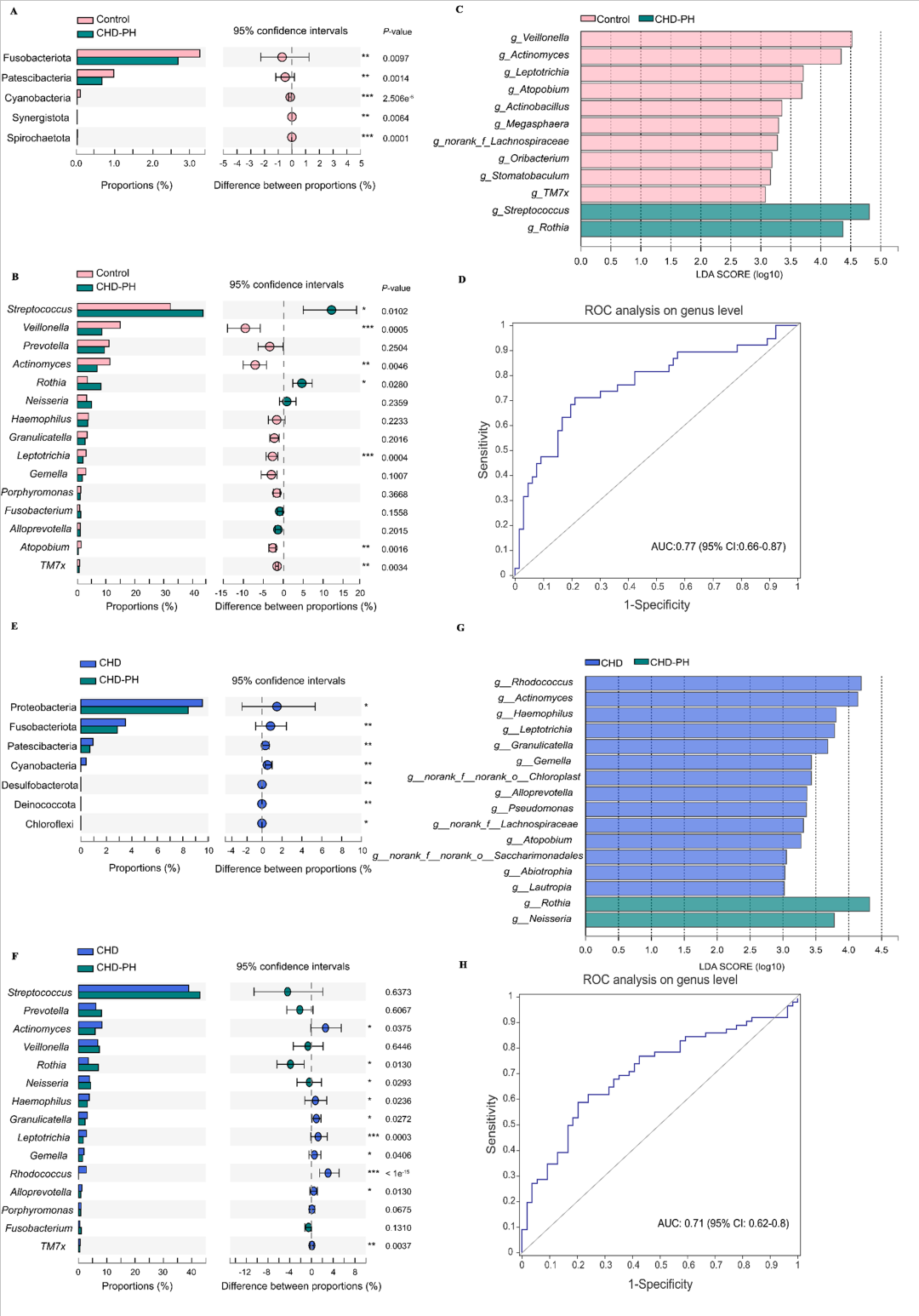
Fig. 2: Characteristic microbiome analysis at the upper airway of children with pulmonary artery hypertension associated with congenital heart disease
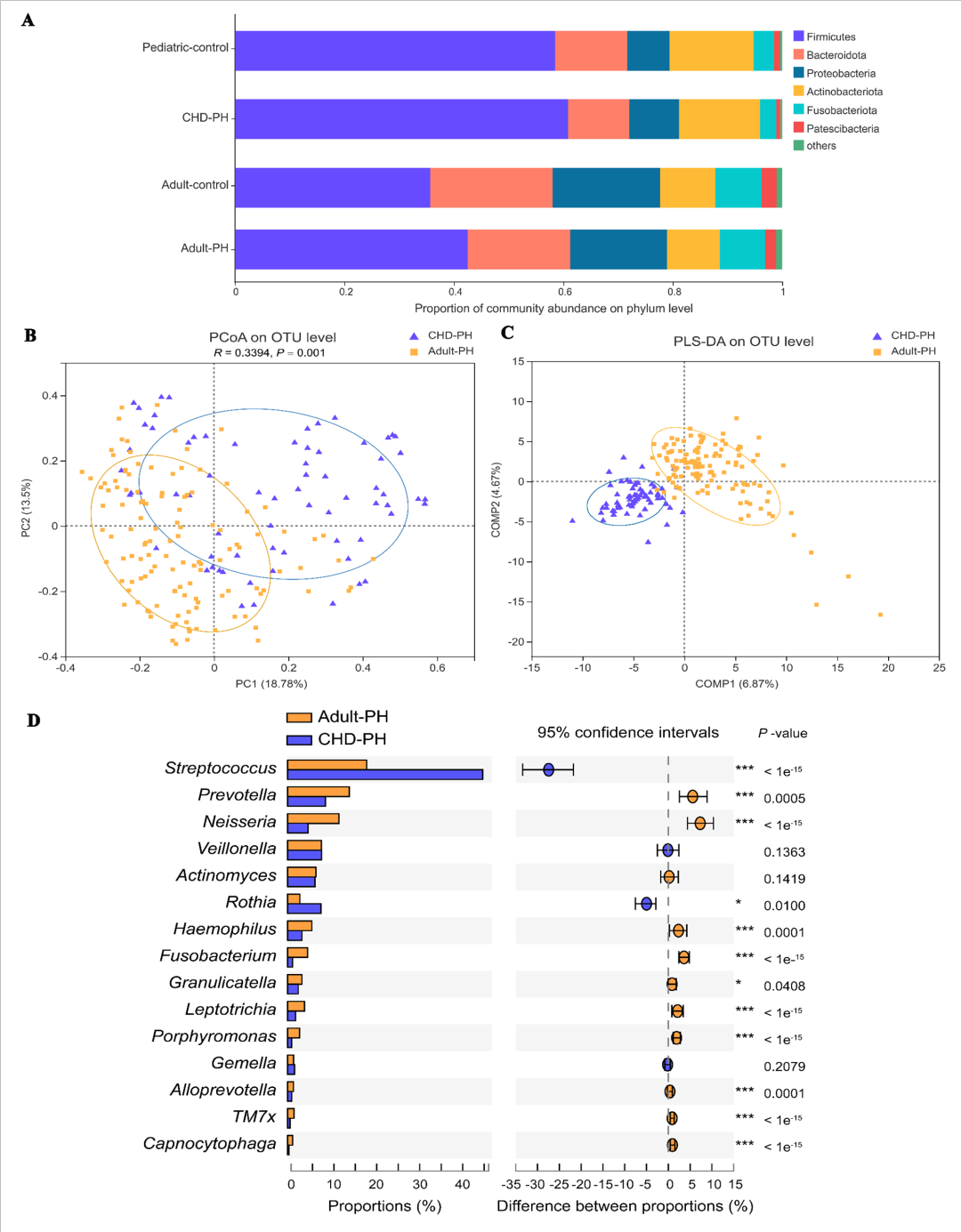
Fig. 3: A comparison of the upper airway microbiome among children and adults with pulmonary artery hypertension associated with congenital heart disease
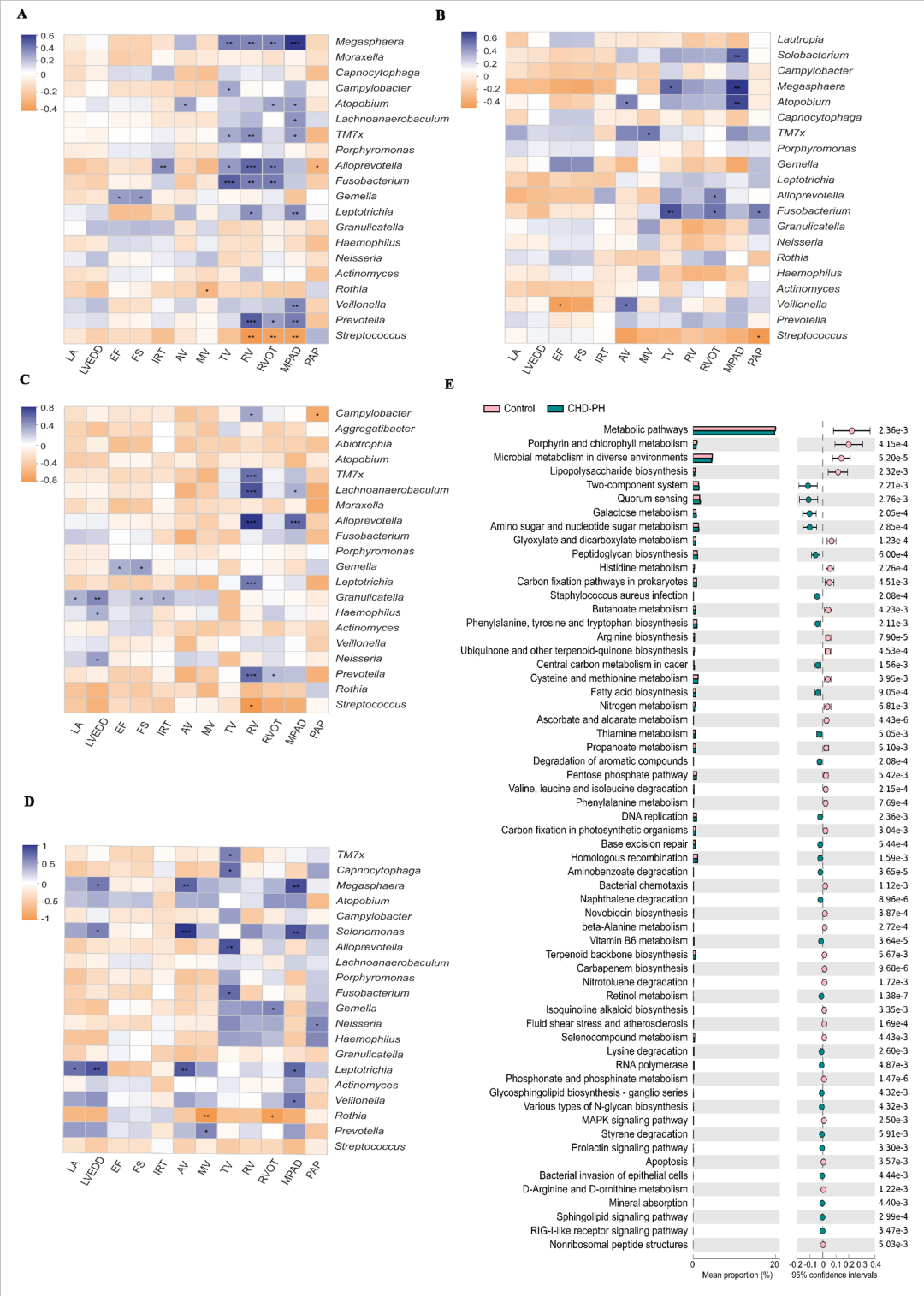
Fig. 4: Correlation and functional analysis of the microbiome with characteristic change in the upper airway of children with pulmonary artery hypertension associated with congenital heart disease and color ultrasound test indicators of the heart
















